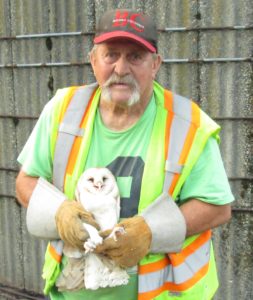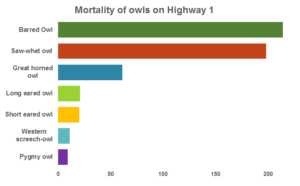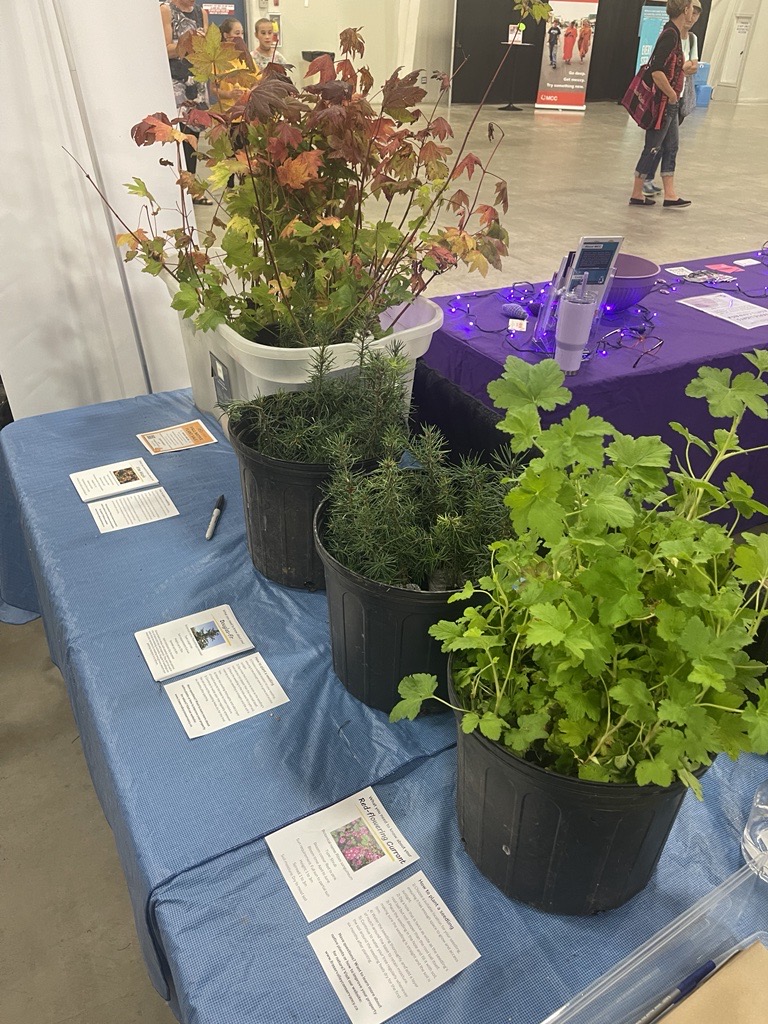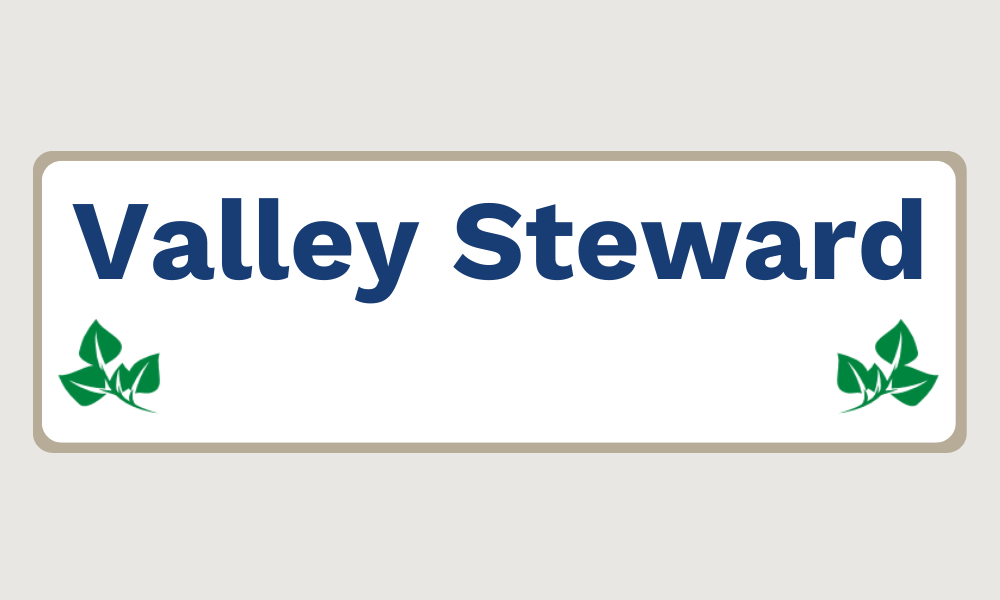Barn Owls in the Fraser Valley
Barn owls are a treasured sight on farms across the Fraser Valley, perching on fence posts and swooping over open grass fields at dusk, but their populations are declining.
We’re lucky here in southern B.C. to have the only population of barn owls in western Canada. Sadly, these barn owls have recently been listed as threatened by the federal government.
…
Highway mortality
Barn owls are at home in the Fraser Valley. They enjoy our mild winters and wide-open hay fields to hunt rodents. But as human populations in the area grow, many open fields are being converted to housing or industrial lands. The old barns that the owls nest in are being rebuilt into shiny, tightly sealed barns, often with no nesting areas.
As the human population increases in the valley, so does the traffic. According to data collected from the Vedder Road off ramp in Chilliwack, traffic increased in this area by 9 per cent between 2012 and 2016. Along with loss of habitat and use of rodenticides, road mortality is one of the greatest threats to barn owls.
Gerry Powers has been collecting and recording the deaths of barn owls, among other raptors, along a stretch of Highway 1 between Abbotsford and Chilliwack for over 20 years. Of all the owls he has found along the highway, 67 per cent of them were barn owls.
FVC biologist Sofi Hindmarch is combining Gerry’s records along with her and Dick Clegg’s work monitoring nest boxes and banding barn owls. She is looking into where barn owls are hit along this 60 km stretch of Highway 1 and possible reasons why.
Barn owls are particularly susceptible to getting hit on highways. Being a light bird with a large wingspan, the gusts of wind caused by cars can suck them into traffic, and some of their favorite hunting grounds are large open fields, such as the grass stretches along the edge of our highways.
.
The results of Sofi’s research
Sofi found that there were hotspots along the highway, where more barn owls were killed than in other locations.
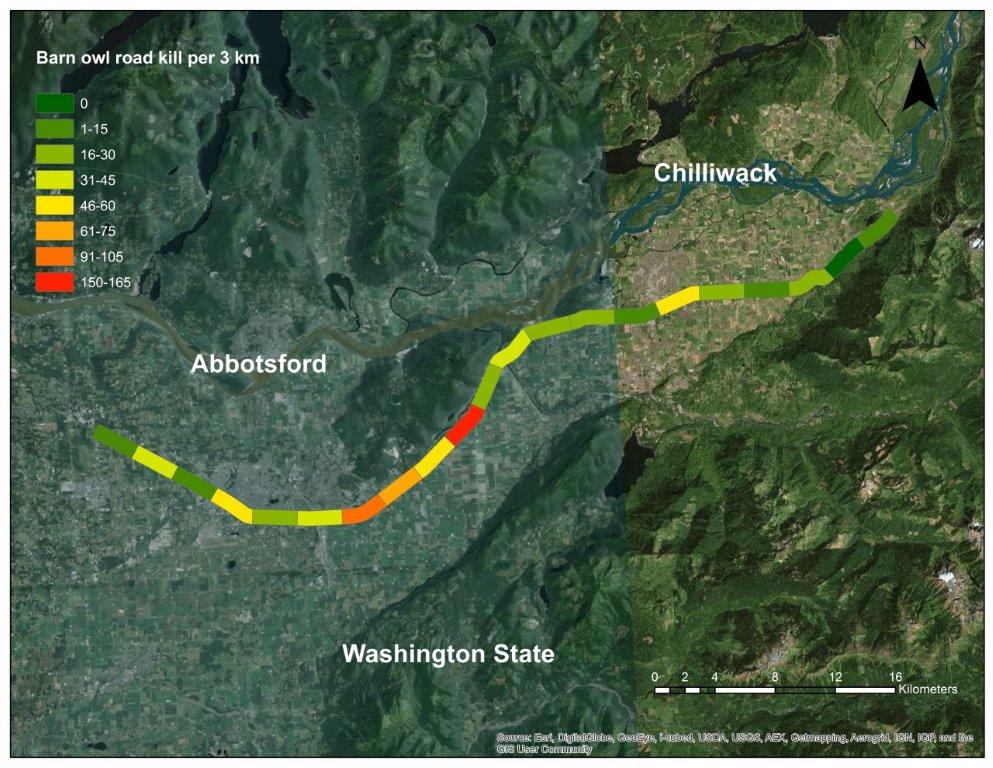
Map of barn owl mortality from Chilliwack to Abbotsford. The section with the highest mortality is around the No. 3 road exit.
Road mortality increased in areas with large areas of highway grasses, such as the highway meridians and around the highway off ramps.
Highway off ramps often have bridges and utility poles that make good perches, but the grass patches are divided up by roads. When the barn owls swoop low over the grass patches to hunt, they fly closer to the fast-moving vehicles and risk getting hit.
Sofi also found that road mortality was highest during the winter months, between November and March. This was possibly due to rush hour being closer to dusk, as barn owls are nocturnal. The cold winter months may also reduce hunting habitat and food abundance, causing owls to hunt more often in the highway median and edges.
There is limited research and even less information on effective ways to reduce mortality along highways. High barriers installed along highways may prevent owls from swooping low when crossing roads, reducing their risk of encountering a vehicle. It may also help to reduce the expanse of grass along highways where the owl’s prey like to live, this can be done by strategic mowing and planting more diverse vegetation, like shrubs or trees, in the area.
Who’s in the valley
Road mortality is one of the biggest risks to owls of all species, and as the Fraser Valley grows there is a clear need for more research in this area to help our declining owl populations in the valley. The FVC is currently working on habitat improvement solutions and threat reduction measures to help our owls. As part of Sofi’s research we install nest boxes around the Fraser Valley and are beginning on a two-year study of the effectiveness rodentenicide alternatives.
Barn owls aren’t our only owls that are at risk for road mortality. We have eleven species of owls that live in and around the Fraser Valley. Gerry collected data on all owls he has found along the highway, and gives us a look into the populations of some of our other local owls.

